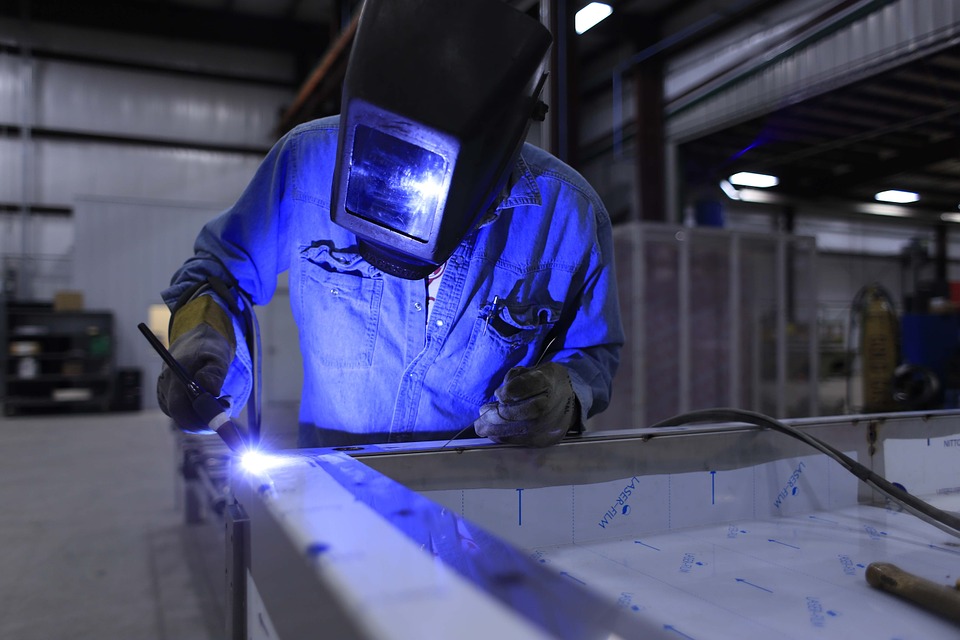The Importance of Health and Safety Checks in Manufacturing and Engineering
In any workplace, health and safety should always be the top priority. Regardless of whether your facility is automated, health and safety should be paramount. The fact is that manufacturing and engineering industries have the most workplace accidents each year. This is because there are so many risk factors to take into account, many of which are hidden. The problem is if the head of the company is unaware of where these risks lay, it can result in some severe accidents. This is regardless of how the facility is run, such as it being automated, for instance, as many manufacturing companies now are.
Below are some of the biggest concerns that relate to manufacturing and engineering workplace health and safety, as well as advice and suggestions for how to prevent accidents from occurring in the future.

A Lack of Machinery Maintenance
The most common cause of accidents in the manufacturing and engineering industries is a lack of maintenance. Machinery, tools, and equipment that are not properly maintained can quickly become dangerous. One of the issues that links to this is automation, as many companies fail to perform regular checks once their company is automated. However, regular maintenance and safety checks are still crucial, as professionals discussing a Puwer inspection would tell you. Of course, anyone using machinery should know how to perform quick daily checks to ensure that each piece is safe to use. They should be aware of the warning signs that something isn’t right, from how it sounds to how it works. Machine maintenance can cause a lot of accidents, so regular checks are a crucial form of accident prevention.
Constant Hazards
The fact is that in manufacturing and engineering, there are constant hazards to be aware of. Even with proper maintenance and regular checks, some tools and machinery are constantly dangerous. Take cutting machinery, for instance; simply by checking it you can’t remove the hazard. However, proper labeling and awareness can reduce the risk that the piece of equipment poses. Another example of a constant hazard is the layout of your facility, as small spaces with machinery in them pose a risk. While constant hazards can’t be removed, they can be effectively managed. This is the key to reducing the level of risk and making the working environment a safer one.
Insufficient Training
When it comes to how safe a facility is, it depends on how well trained the people working there are. The truth is your factory or plant is only as safe as you make it. This means that if you want it to be a safe place for yourself and your team, training should be a priority. This doesn’t simply mean offering training when employees start, but also regular training to ensure that health and safety is always at the forefront of their minds. Only by awareness and understanding of the risks, can you reduce the chances of an accident occurring.
By taking note of the advice above, you can help to reduce the chances of an accident occurring in your facility. Regardless of whether your facility is automated, accidents can still occur.

Insufficient training is a big one. Training should really be ongoing, not just at the onset of employment. Refreshers are always good. And of course training sessions should happen whenever a new piece of equipment is introduced.